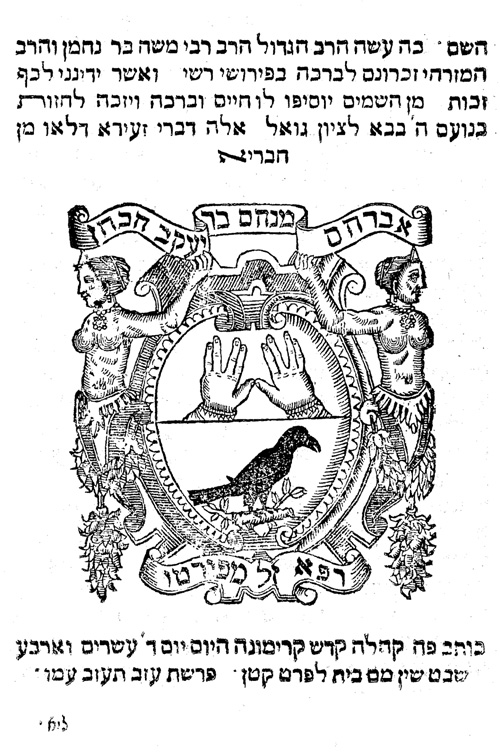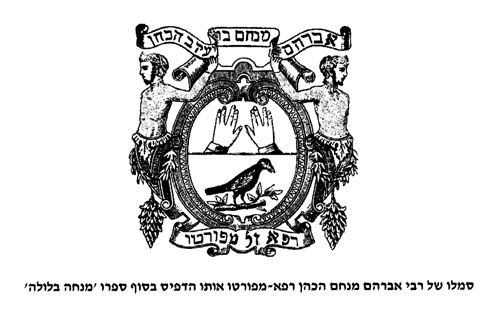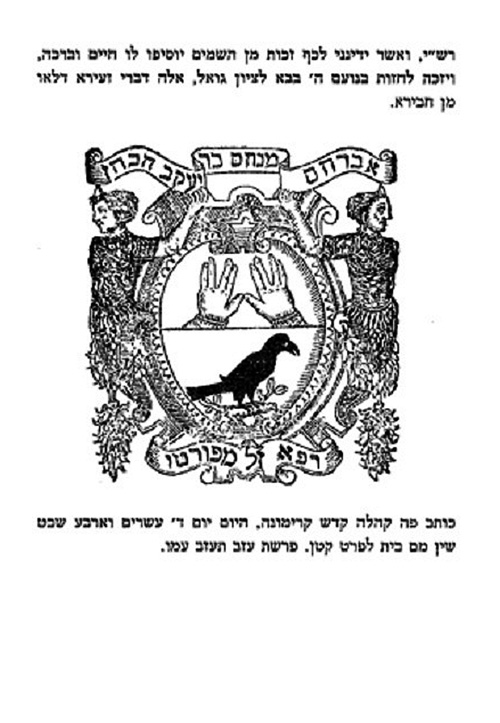Soloveitchick’s Act of Selfless Heroism, 1785
Soloveitchick’s Act of Selfless Heroism, 1785[1]
Michael K. Silber, New Haven
Michael K. Silber is the Cardinal Franz Koenig Senior Lecturer in Austrian Studies in the Department of Jewish History and Contemporary Jewry at Hebrew U. He has taught at Harvard, Stanford and the Central European University and during the 2013-2014 academic year, he is the Jacob Perlow Visiting Professor of Judaic Studies at Yale. He also serves as the Chair of the Board of the Central Archives of the Jewish People, Jerusalem. His researches focus on the Jews of Central Europe, Hungary and the Habsburg Empire in particular, from the end of the seventeenth century until World War I and he has written on a variety of topics in particular on enlightened absolutism, Jewish military service, Orthodox Judaism and Jewish nationalism. Lately, he has also been intrigued by the history of the Jewish beard in modern times.
“In 1761,” we read in Dov Levin’s entry on Kaunas in The YIVO Encyclopedia of Jews in Eastern Europe,” there were violent attacks on Jews and their property, and Jews were once again expelled from the town. This time, Slobodka’s rabbi, Mosheh Soloveichik, responded by suing the municipality before the royal court. The case was not resolved until 1782 after intervention by Karol Stanisław Radziwiłł (1734–1790). In the end, the city’s mayor, who had directed the events, was sentenced to a short imprisonment, and the municipality was required to pay restitution and an indemnity to the Jewish community. Megilat Kovno, a recounting of the story, was read annually on Purim in the old study hall—the first place of prayer established in Kovno.”
Referring to this incident, Shulamit Soloveitchik Meiselman wrote that Moshe Soloveitchik and his brother Abraham, the sons of Isaac, were honored by the Jews of Kovno: Moshe by being appointed rabbi of the town, and his brother Abraham elected as the head of the community. “Because of the family’s firm stance against the Polish government’s oppressive decrees, the name Soloveitchik became known throughout Eastern Europe. It was identified with honor, respect, aristocracy, strength of character, philanthropy, courage, and fearlessness.” The Soloveitchik Heritage: A Daughter’s Memoir (Hoboken, NJ, 1995), p. 43.
While the skeptical may dismiss this high praise as no more than filial piety, I came across recently an unprejudiced testimony by happenstance, a contemporary report from 1785 published in a Viennese weekly that records an incident that involved the lesser known of the two brothers, Abraham. It testifies to just these virtues and made the name Soloveitchik known if briefly not only in Eastern Europe, but in lands far beyond. This may very well be the first time that the family name appeared in print, albeit in German and mildly distorted.
A few weeks ago, on the Courland coast (a bay of the Baltic Sea), a certain Russian courier on route to Würtemberg burst before the sleigh of a Polish Jew. Suddenly the ice broke under his horse and the abyss threatened to swallow horse and rider. The Jew saw this and heard the Christian wailing, he jumped in and saved him at the risk of his own life. The courier then pulled out his bag to reward the Jew, but he turned down the money, and asked for nothing more than that every poor Jew that the rescued man would see in danger he would take under his wing. This Jew, Abraham Isaac’s son, is called Soloveitchick and is a native of Kovno in the Grand Duchy of Lithuania.
Wienerblättchen 01.03.1785, p. 181.
[1] On the eve of the inauguration of a scion of the family, Peter Salovey (http://www.tabletmag.com/jewish-arts-and-culture/books/119176/soloveitchik-jesus), as the 23rd president of Yale University.



